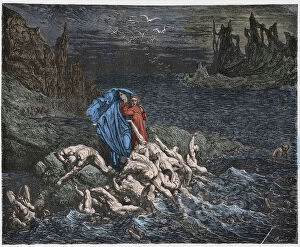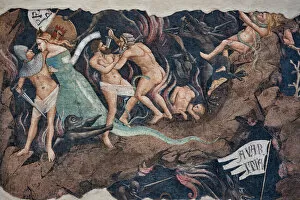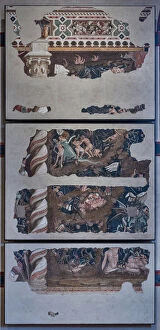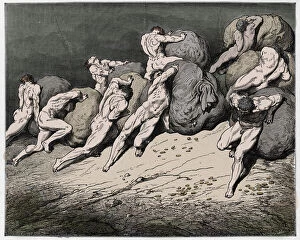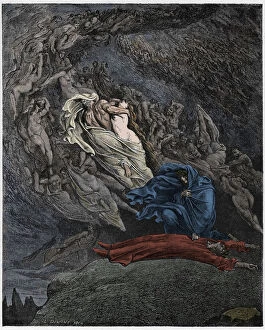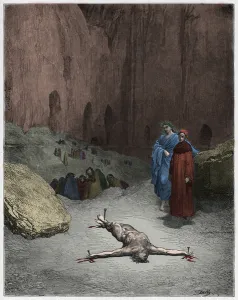Castigo Collection
"Castigo: The Complexities of Punishment Unveiled" In the realm of justice, the reclusion of a guilty person does not require torment
All Professionally Made to Order for Quick Shipping
"Castigo: The Complexities of Punishment Unveiled" In the realm of justice, the reclusion of a guilty person does not require torment. This notion is beautifully captured in an enchanting 19th-century engraving, where the image portrays a somber scene devoid of unnecessary suffering. A haunting silhouette of a prisoner chained serves as a poignant reminder of the consequences that befall those who transgress societal norms. Dating back to 1810-1812, this drawing encapsulates the weighty burden carried by individuals trapped within their own guilt. The concept that "if it is a criminal, he dies quickly" echoes through time and space. An aquatint from circa 1810 boldly confronts us with this stark reality, forcing us to question our preconceived notions about punishment and its purpose. Art has long been intertwined with tales and myths from ancient times. In Apollo and Marsyas, an oil on canvas masterpiece dating back to 1618, we witness divine retribution for challenging higher powers. It reminds us that even gods can inflict severe penalties upon those who dare defy them. Security measures are often seen as necessary evils in society's quest for orderliness. However, an engraving from 1810-1820 challenges this perception by depicting a prisoner chained while sitting—a powerful statement highlighting how barbaric security measures can sometimes become when they mirror the very crime they aim to prevent. Drawing inspiration from Dante Alighieri's Inferno Canto 14 comes an evocative digitally colored engraving from his timeless work The Divine Comedy (1885). Here we see the violent being tormented in rainfire—an allegorical representation reminding us that punishment can take many forms beyond physical pain alone. Delving deeper into history brings forth fragments from detached frescoes—depicting scenes such as Satan devouring Judas or Lucifer clutching two Giants and Antenor—from cycles like The Triumph of Death, Last Judgment, and Hell.

